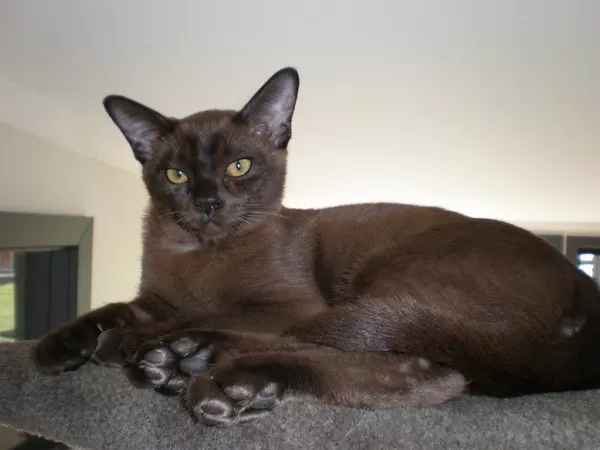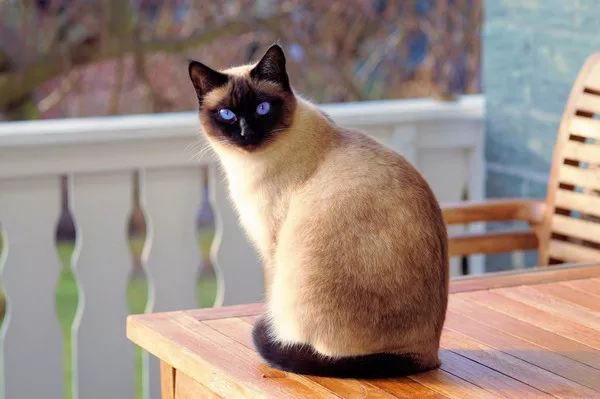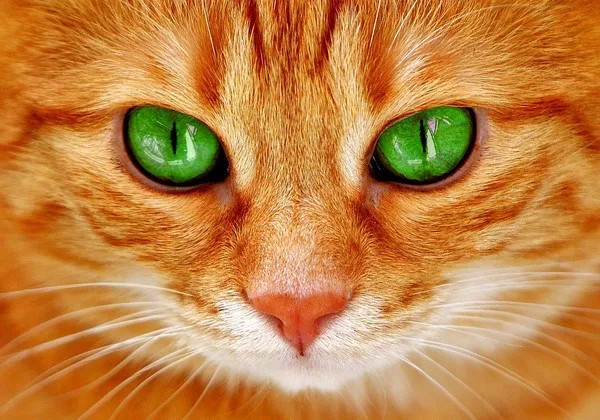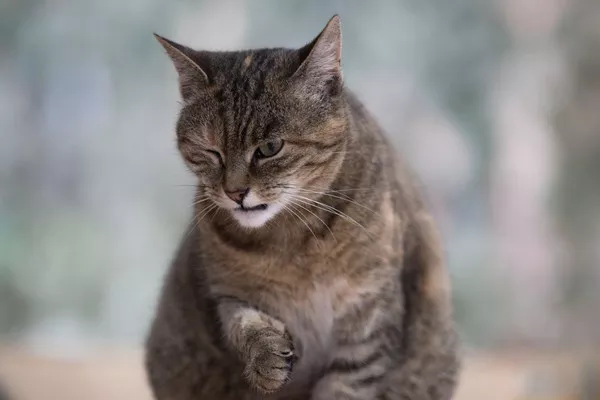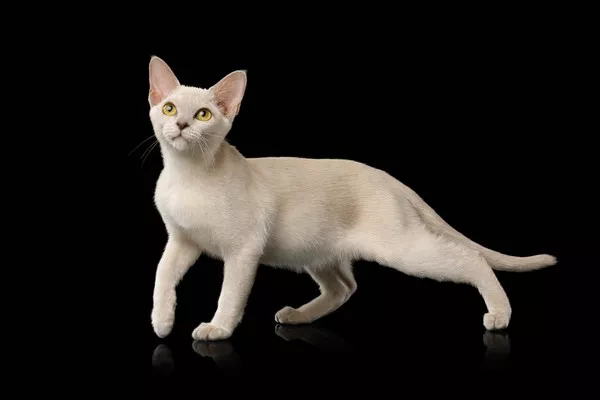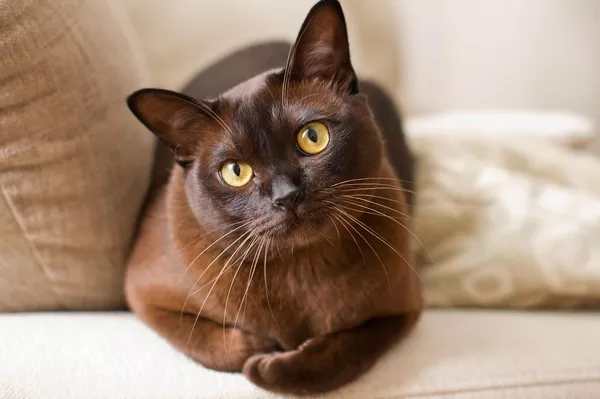Burmese cats are known for their striking appearance, friendly disposition, and rich history. One question that often arises is whether Burmese cats are long-haired. This article delves into the origins, characteristics, and coat variations of the Burmese breed to provide a comprehensive understanding of whether they can be long-haired.
Origins and History of the Burmese Cat
Early Beginnings
The Burmese cat has a storied history that traces back to Southeast Asia, specifically Burma (now Myanmar). The breed’s progenitor, a small brown cat named Wong Mau, was brought to the United States in the 1930s by Dr. Joseph Thompson. Wong Mau was crossbred with a Siamese cat, leading to the development of the modern Burmese breed.
Development of the Breed
The breeding program initiated by Dr. Thompson aimed to preserve and enhance the unique characteristics of Wong Mau. Over time, the breeding efforts resulted in a distinct breed with a sleek, muscular build, a round head, and striking golden eyes. The Burmese cat was officially recognized by the Cat Fanciers’ Association (CFA) in 1936, cementing its place in the feline world.
Characteristics of the Burmese Cat
Physical Appearance
Burmese cats are medium-sized, muscular cats with a compact body and a rounded appearance. Their heads are round with full cheeks, and their eyes are large and expressive. The ears are medium-sized, rounded at the tips, and set wide apart.
Personality and Temperament
Burmese cats are known for their affectionate, playful, and social nature. They form strong bonds with their owners and enjoy being involved in family activities. These cats are also known for their intelligence and curiosity, often seeking out interactive play and mental stimulation.
Coat and Color
Traditionally, Burmese cats have a short, sleek coat that is satin-like in texture and lies close to the body. The breed standard recognizes several coat colors, including sable, champagne, blue, and platinum. Each color variant showcases a rich, glossy finish that adds to the breed’s allure.
Understanding Cat Fur Types
Short-Haired Cats
Short-haired cats, like the traditional Burmese, have a coat that is close-lying and requires minimal grooming. Their fur is typically dense and resilient, offering a smooth and sleek appearance.
Long-Haired Cats
Long-haired cats possess a more voluminous coat that can range from semi-long to very long fur. These cats require more frequent grooming to prevent matting and tangling. Breeds like the Persian or Maine Coon are well-known examples of long-haired cats.
Medium-Haired Cats
Some cats fall into the category of medium-haired or semi-long-haired. Their fur is longer than that of short-haired breeds but not as voluminous as that of long-haired breeds. These cats require moderate grooming to maintain their coat’s health and appearance.
The Burmese Coat: Short or Long?
Traditional Burmese Coat
The traditional Burmese coat is unequivocally short-haired. The breed standard established by major cat fancier organizations, including the CFA and The International Cat Association (TICA), emphasizes a short, close-lying coat with a satin-like texture. This coat type is a hallmark of the breed, contributing to its distinctive look and easy grooming requirements.
Introduction of Long-Haired Variants
While the traditional Burmese is short-haired, there has been some development of long-haired variants within the breed. These long-haired Burmese cats are often referred to as “Tiffany” or “Burmilla.” The development of these variants can be attributed to breeding programs that have introduced genes from other long-haired breeds, resulting in kittens with longer fur.
The Tiffany (Chantilly) Cat: A Long-Haired Cousin
Origins and Development
The Tiffany, also known as the Chantilly, is often mistaken for a long-haired Burmese due to its similar appearance and friendly nature. However, the Tiffany is a separate breed with its own distinct lineage. This breed was developed in the United States in the 1960s and 1970s, with breeders aiming to create a semi-long-haired cat with the temperament and physical traits of the Burmese.
Physical Characteristics
The Tiffany cat has a semi-long-haired coat that is soft, silky, and prone to minimal shedding. Its coat can come in various colors, including chocolate, blue, and lilac. The Tiffany shares the Burmese’s muscular build and rounded head, but its longer fur distinguishes it from the traditional short-haired Burmese.
Personality and Temperament
Like the Burmese, the Tiffany cat is known for its affectionate and social nature. They are loyal companions, often following their owners around and seeking out interaction. Their playful and curious demeanor makes them a delight to have in the household.
The Burmilla: Another Long-Haired Variant
Origins and Development
The Burmilla is another breed that often comes up in discussions about long-haired Burmese cats. This breed was developed in the United Kingdom in the 1980s as a cross between a Burmese and a Chinchilla Persian. The Burmilla can have either a short or long coat, depending on the specific genetics of the individual cat.
Physical Characteristics
Burmillas with long hair have a plush, silky coat that requires regular grooming. They often inherit the muscular build and expressive eyes of the Burmese, combined with the luxurious fur of the Persian. The coat colors can include shades of silver, blue, and chocolate, among others.
Personality and Temperament
Burmillas are known for their gentle, affectionate nature and playful disposition. They enjoy human companionship and are generally good with children and other pets. Their social and engaging personality makes them a wonderful addition to any family.
See Also: Why Does My Siamese Bite Me?
Care and Grooming for Long-Haired Burmese Variants
Grooming Needs
Long-haired variants of the Burmese, such as the Tiffany or Burmilla, require more grooming than their short-haired counterparts. Regular brushing helps prevent matting and reduces shedding. Using a wide-toothed comb or a slicker brush can help maintain the coat’s health and appearance.
Diet and Nutrition
A balanced diet is crucial for maintaining the health and vitality of long-haired cats. High-quality cat food that provides essential nutrients, including omega-3 and omega-6 fatty acids, can promote a healthy coat. Supplements such as fish oil may also be beneficial.
Health Considerations
Long-haired cats may be more prone to hairballs due to their grooming habits. Providing hairball control treats or food can help manage this issue. Regular vet check-ups are essential to monitor the cat’s overall health and address any potential issues early.
Distinguishing Between Burmese and Their Long-Haired Variants
Visual Differences
While traditional Burmese cats have a sleek, short coat, long-haired variants like the Tiffany and Burmilla have a more voluminous, silky coat. The overall body structure and facial features remain similar, but the coat length is the primary distinguishing factor.
Breed Recognition and Standards
The traditional Burmese breed is recognized and standardized by major cat fancier organizations. Long-haired variants, such as the Tiffany and Burmilla, have their own breed standards and are recognized separately. Understanding these distinctions is crucial for breed identification and breeding purposes.
Conclusion
In conclusion, the traditional Burmese cat is not long-haired. The breed standard emphasizes a short, sleek coat that is one of the defining features of the Burmese. However, there are long-haired variants, such as the Tiffany and Burmilla, which share some physical and personality traits with the Burmese but are recognized as distinct breeds.
These long-haired cousins offer an alternative for cat lovers who appreciate the Burmese’s qualities but prefer a more luxurious coat. Understanding the differences between these breeds and their grooming and care needs ensures that each cat receives the best possible care and attention. Whether short-haired or long-haired, Burmese cats and their variants continue to captivate cat enthusiasts with their charming personalities and striking looks.

